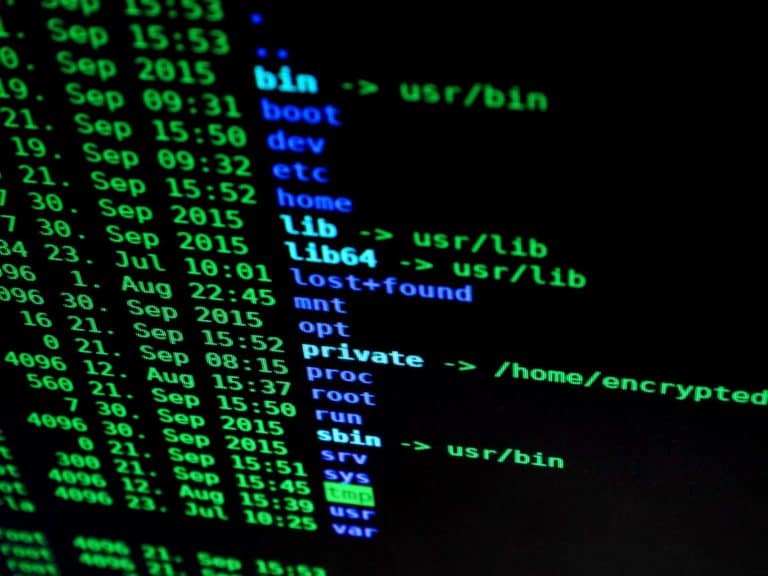For three years, ransomware attacks took place using the SamSam malware. The United States has now identified and charged the people behind this. But actually arresting them and sending them to prison will be complicated.
According to the United States, two Iranian men are behind the SamSam-ransomware. The problem is, of course, that the American authorities cannot have the men arrested. They are now reportedly in Iran, where the Americans have no jurisdiction and the Iranians do not cooperate with American extradition requests.
Many victims
The FBI reports to the BBC that the suspects are currently in Iran and beyond the reach of the American government. But the FBI has indicated that they are looking at other ways of arresting the suspects. For example, if they travel to a country with which the United States has an extradition agreement, they could be arrested.
The ransomware attack has been one of the most striking in the past few years. Especially big targets became the victims. American cities such as Atlanta, Indiana and New Mexico were hit hard, as was a hospital in Indiana that had to go back to pen and paper when all its devices were hacked. In Hollywood, too, a hospital was infected, which then had to send several patients home and eventually paid the ransom.
Earned a lot of money
This means that the malware has claimed many victims and has also been able to infect quite a large number of parties. Devices are often relatively easy to infect, partly because they do not have their security in order. Furthermore, the cost of unlocking devices infected with the malware has increased.
When the malware was distributed in the course of 2015, a victim had to pay 0.8 bitcoin for each infected device, or 4.5 bitcoin for the key for all systems. Now it’s 1.7 bitcoin for each individual device, or 12 bitcoin for all devices together. It is not certain how much money the developers of the malware have earned, but it is said to be several hundred thousand dollars.
This news article was automatically translated from Dutch to give Techzine.eu a head start. All news articles after September 1, 2019 are written in native English and NOT translated. All our background stories are written in native English as well. For more information read our launch article.